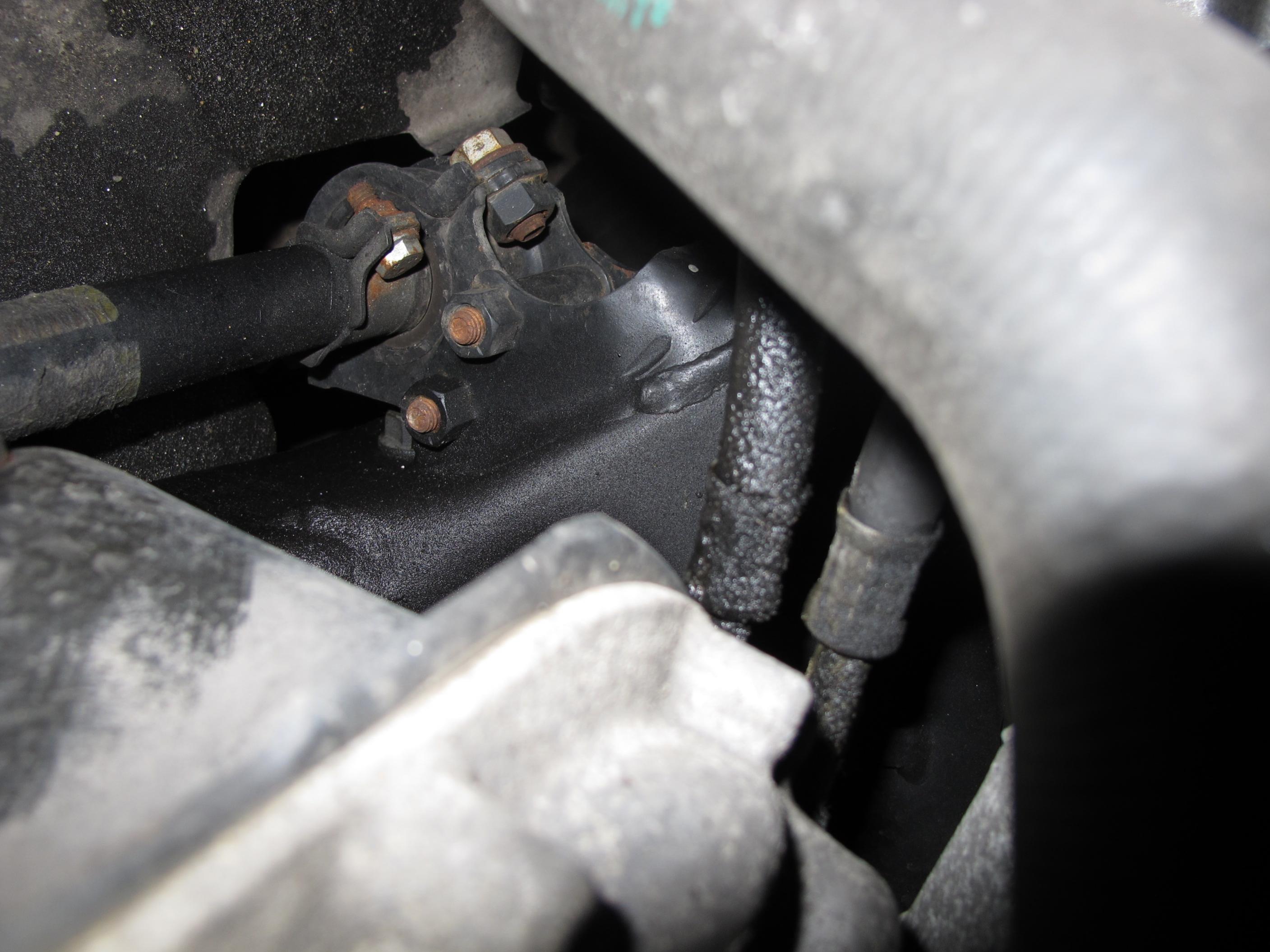How Much Is It To Fix A Transmission Leak

Diagnosing and repairing a transmission leak is a common yet crucial task for automotive professionals. The cost to rectify such leaks can vary significantly, influenced by factors such as the severity of the leak, the type of transmission (automatic vs. manual), the vehicle's make and model, and the specific parts requiring replacement or repair. This article delves into the technical aspects, cost considerations, and future trends surrounding transmission leak repairs.
Understanding Transmission Leak Sources
Transmission leaks are rarely simple pinholes. They often stem from several key areas:
- Seals and Gaskets: These are the most frequent culprits. Over time, rubber seals, like the front pump seal, rear seal, or those around shift shafts, harden, crack, and lose their sealing properties. Similarly, pan gaskets can degrade due to heat cycling and exposure to transmission fluid. The engineering tolerances for these seals are tight, and any degradation leads to leakage.
- Torque Converter: Leaks originating from the torque converter area often indicate a failing front pump seal or damage to the converter itself. Replacing the torque converter can be a substantial expense.
- Transmission Pan: Dents, corrosion, or stripped drain plug threads can cause leaks from the pan. Straightening the pan or welding repairs are sometimes possible, but replacement is often the more reliable option.
- Cooling Lines: Transmission fluid is often cooled via lines running to the radiator or an external cooler. These lines, especially at their connections, are susceptible to corrosion and leaks.
- Case Cracks: Though less common, cracks in the transmission case itself can occur due to impact or stress. Repairing these cracks typically requires specialized welding techniques and is often not a long-term solution. Replacement of the entire transmission becomes a more viable option.
Cost Breakdown and Repair Options
The cost to fix a transmission leak can range from a few hundred dollars to several thousand, depending on the repair needed. Here's a breakdown:
- Seal Replacement: Replacing a simple seal, such as a shift shaft seal, might cost between $150 and $300, including labor and parts. This assumes easy access to the seal.
- Pan Gasket Replacement: Replacing a transmission pan gasket usually ranges from $200 to $400. This often includes the cost of new fluid and a filter.
- Torque Converter Seal Replacement: This is a more involved repair, typically requiring removal of the transmission. Costs can range from $800 to $1500 or more.
- Cooling Line Repair: Replacing a leaking cooling line might cost $100 to $300, depending on the complexity of the line and its accessibility.
- Transmission Replacement/Rebuild: If the leak is due to internal damage or a cracked case, rebuilding or replacing the transmission may be necessary. This can cost anywhere from $2500 to $7000 or more.
Alternatives and Considerations:
- "Stop Leak" Additives: These products swell seals, temporarily reducing leaks. Pros: Inexpensive, quick fix. Cons: Temporary, can damage transmission if used excessively, masks underlying issues. Not recommended for modern transmissions with complex fluid requirements.
- Used Transmissions: Replacing with a used transmission can be cheaper than rebuilding, but comes with the risk of unknown history and potential future problems. Thorough inspection is crucial.
- Remanufactured Transmissions: These units are rebuilt to factory specifications and often come with a warranty, offering a more reliable alternative to used transmissions.
Reliability and Maintenance
Preventive maintenance is key to minimizing the risk of transmission leaks. Regular fluid changes, according to the manufacturer's specifications, help maintain seal pliability and prevent overheating. Proper fluid level is crucial; both overfilling and underfilling can lead to problems. Inspections for leaks during routine servicing are also vital.
Future Trends
The automotive industry is moving towards more complex transmissions, including dual-clutch transmissions (DCTs) and continuously variable transmissions (CVTs). These transmissions often have tighter tolerances and require specialized fluids. Diagnosing and repairing leaks in these systems will require advanced diagnostic tools and expertise. Furthermore, the increasing adoption of electric vehicles (EVs) eliminates the need for traditional transmissions altogether, although EVs still employ gearboxes which can experience leaks. The future of transmission repair will therefore focus on highly specialized systems and a declining overall demand as EVs become more prevalent.
Conclusion
Fixing a transmission leak requires a thorough diagnosis and an understanding of the underlying causes. While "stop leak" additives may offer a temporary solution, they often mask more serious problems. Investing in proper repairs, including seal replacement or even transmission rebuilding, is crucial for maintaining the longevity and performance of the vehicle. Automotive professionals must stay updated on the latest transmission technologies to effectively diagnose and repair leaks in increasingly complex systems. The shift towards electric vehicles presents both challenges and opportunities for the automotive repair industry, necessitating adaptation and a focus on emerging technologies.
